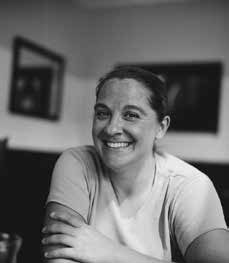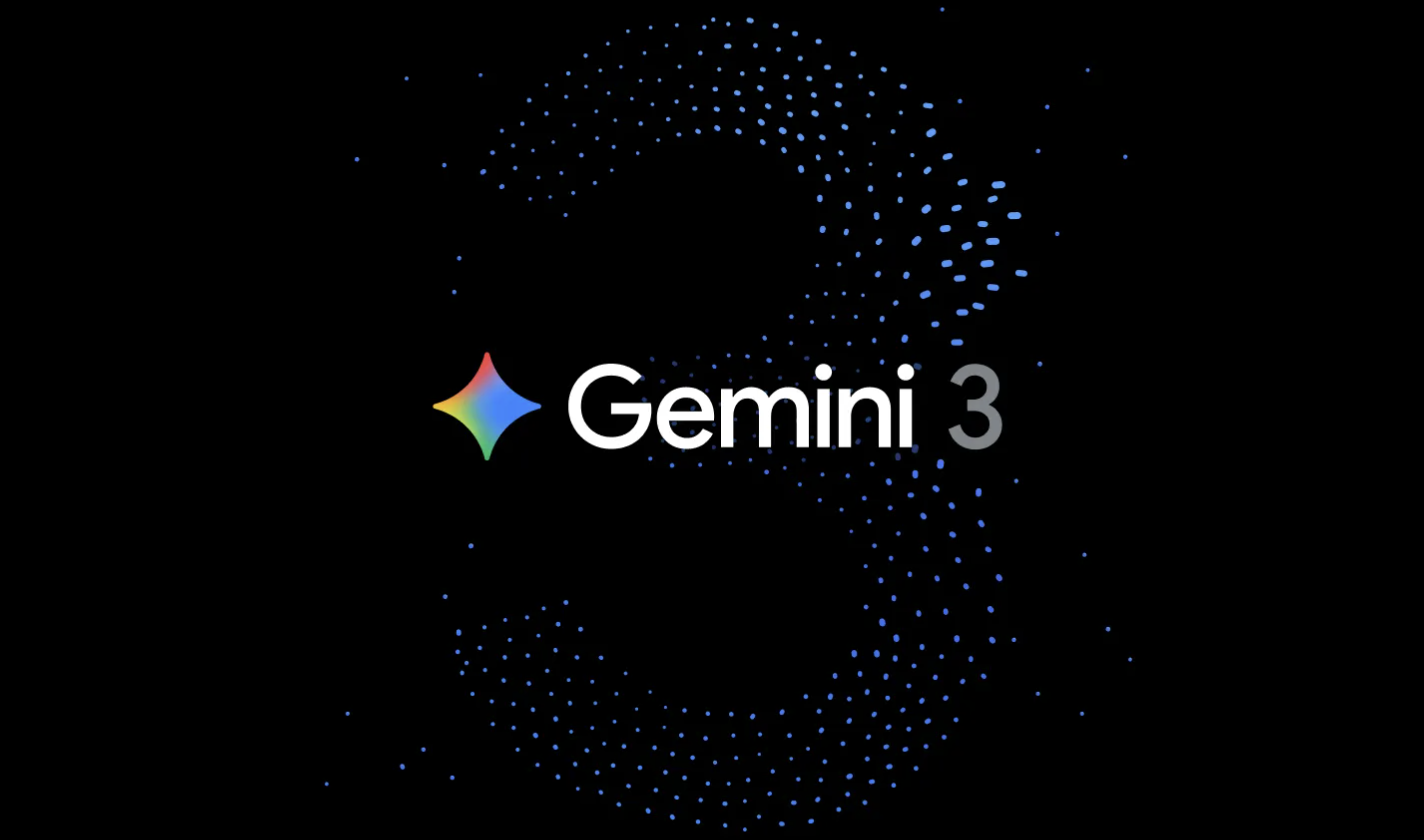What’s in a Word?

The difference between Personalized and Individualized Learning is more than just semantics. A conversation with Diana Laufenberg
According to Wikipedia, “Personalized learning is the tailoring of pedagogy, curriculum, and learning environments by learners or for learners in order to meet their different learning needs and aspirations.” The two key words in this definition are “”by” and “for.” Often, when the edtech industry uses this term, it refers to products that tailor instruction “for” students. Many schools are still figuring out how to give their students ownership of the learning process so they can be their own instructional tailors. T&L spoke to Diana Laufenberg, director of Inquiry Schools and a former teacher at Science Leadership Academy in Philadelphia, about what personalized learning means to her.
TL: You work with many schools around the country. What do you think when you hear them use the term, “personalized learning”?

DIANA LAUFENBERG: When I hear people use that term, I always ask them to define it. To me, the term is like someone saying, “It’s a house.” What does that mean to you? It’s such a big term that serves a lot of different purposes. I think it should mean offering students voice and choice. It should mean encouraging inquiry and project-based learning. But often it just means: more, better, faster.
In my opinion, when the industry uses the term “personalized,” they often mean “individualized.” If it’s a computer program making the decisions for the child, it’s individualized, not personalized. The child is the object, not the driver of his own learning.
TL: Have you seen examples of true personalized learning?
DL: Henry County Schools in Georgia kicked off a five-year project in 2014 to create a personalized learning program. With the help of a Next Generation Systems Challenge Grant from the Bill and Melinda Gates Foundation, they began to design a process framed by five personalized learning tenets: learner profiles and personalized learning plans; competency-based learning with flexible pacing; project-based learning; 21st-century skills (Communication, Collaboration, Creativity, Critical Thinking); and tech-enabled learning. They’ve completed all of the competencies and rubrics and should be rolling it out next school year.
Tools and ideas to transform education. Sign up below.
TL: Is personalized learning something that can be scaled?
DL: That’s tricky. Anything at scale needs buy-in from all constituents. Scaling something like this requires a baseline value of the student as an actor with agency in her own education. You have to start there. You have to evaluate the bureaucratic mechanisms that move against that moment. You can’t say, “We want every child to be a snowflake,” and then hand them a standardized test.
This is a big challenge. We’re coming off of 10 years of standardization. Personalized education wouldn’t have been a radical idea 20 years ago. The assessment mindset can be fairly pervasive. Unringing that bell systemically isn’t easy. It’s big work. My father was a road builder, and I often say it’s like building a road. You rip the whole thing off, then build the layers back up. There are layers of work and your school culture has to have the intestinal fortitude to bring about change.
TL: Are you hopeful the new Every Student Succeeds Act and National Education Technology Plan will see a movement toward personalized learning?
DL: I am hopeful that this conversation will yield policy and procedure, but I don’t often believe that the solutions come at the national level. School change is a community effort.
TL: How can technology be used to create personalized learning opportunities?
DL: I see personalized learning opportunities in all of the tools that allow kids to create authentic products. They can build and print with their 3D printers. They can edit videos. They can craft podcasts. They can polish pieces of artwork. That’s where a personal environment is established for students and their own learning.
Christine Weiser is the Content and Brand Director for Tech & Learning, and has been with the company since 2008. She has reported on education for most of her career, working at Scholastic and Gale Publishing before joining Tech & Learning. Christine is also an author and musician, and lives in Philadelphia with her husband and son.
